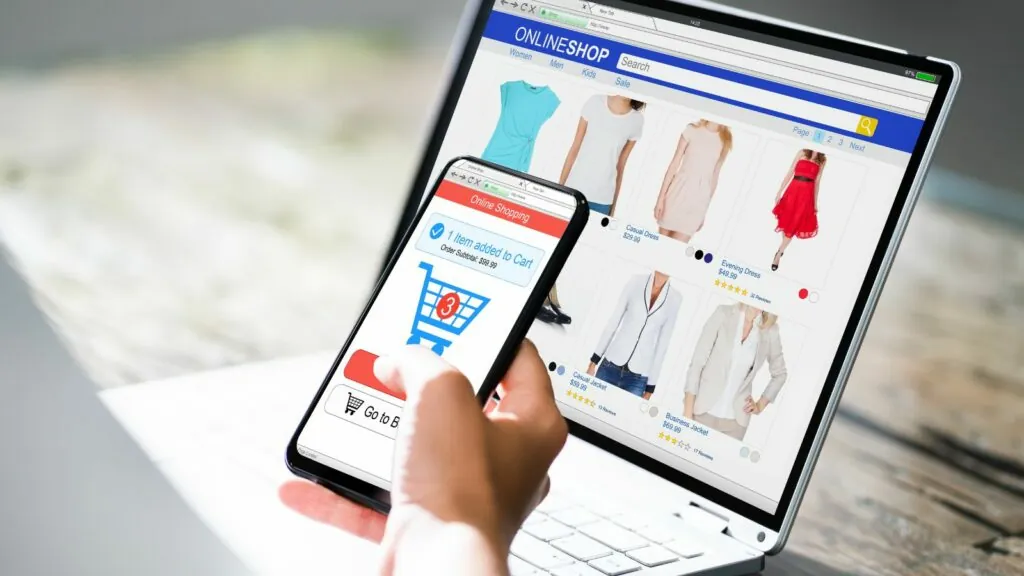Running a successful online store takes more than just a great website and appealing products. Behind the scenes, ecommerce fulfillment services play a critical role in ensuring customers receive their orders accurately and on time. But what exactly happens inside a fulfillment center? And how do these services help ecommerce businesses grow?
If you’ve ever wondered what goes on after a customer clicks “Buy Now,” this article will take you inside the world of ecommerce logistics—and explain why ecommerce fulfillment services are often the secret weapon behind top-performing online retailers.
Table of Contents
ToggleWhat Is an Ecommerce Fulfillment Center?
An ecommerce fulfillment center is a physical location where online businesses store inventory, process customer orders, and handle shipping. Unlike traditional warehouses, which mainly store goods, fulfillment centers are dynamic hubs designed to move products quickly from storage to the customer’s doorstep.
These centers are often used by direct-to-consumer (DTC) brands, Amazon sellers, and Shopify-based businesses that need fast, efficient, and reliable ecommerce fulfillment services. The goal? To make the shopping experience seamless while allowing business owners to focus on sales, marketing, and scaling.
Core Functions of Ecommerce Fulfillment Services
Fulfillment centers provide a wide range of services, all geared toward streamlining operations:
- Inventory Management: Products are received, counted, and stored in organized bins or shelves. Accurate inventory tracking ensures you never oversell or run out of stock.
- Order Processing: As soon as a customer places an order, the fulfillment team picks, packs, and labels the items with speed and precision.
- Shipping & Delivery: Fulfillment centers work with major couriers to offer competitive shipping rates and options—everything from standard ground delivery to express same-day shipping.
- Returns Handling: Smooth, efficient returns are a part of every good customer experience. Ecommerce fulfillment services include reverse logistics to process refunds and restock returned items.
Many fulfillment centers also offer value-added services like subscription box assembly, gift wrapping, custom packaging, and promotional inserts, helping brands deliver a more personalized experience.
A Step-by-Step Look at the Fulfillment Process
Here’s how ecommerce fulfillment services typically work from start to finish:
- Inbound Shipment: You ship your inventory to the fulfillment center.
- Inventory Storage: Your products are scanned into the system and stored safely.
- Order Receipt: A customer places an order through your website or marketplace.
- Picking: Staff selects the correct item(s) from the shelves.
- Packing: Items are packed using protective materials and labeled correctly.
- Shipping: The package is handed off to a courier, and tracking info is provided.
- Returns (if needed): Customers can send items back, and the center handles it for you.
This entire process can happen within a matter of hours, especially with fulfillment centers that prioritize speed and accuracy.
Why Ecommerce Fulfillment Services Matter for Growth

Outsourcing logistics allows ecommerce businesses to scale efficiently without being bogged down by the complexities of warehousing and shipping. Here’s how these services support growth:
- Scalability: Easily manage order surges during holidays, promotions, or viral product launches.
- Faster Delivery Times: Quicker shipping = happier customers and higher retention.
- Time Savings: Spend less time packing boxes and more time growing your business.
- Cost Efficiency: Shared storage, bulk shipping rates, and reduced labor costs add up.
Whether you’re a startup or an established brand, the right ecommerce fulfillment services can significantly improve your customer experience and operational efficiency.
Fulfillment Centers vs. Dropshipping: Key Differences
While both models help manage logistics, they operate very differently:
- Inventory Control: With fulfillment services, you own and store your inventory at the center. Dropshipping relies on third-party suppliers who ship directly to customers.
- Brand Experience: Fulfillment allows for branded packaging and faster shipping. Dropshipping often lacks customization and visibility.
- Reliability: Fulfillment centers offer greater control over quality, timing, and communication.
If you want to build a strong brand and customer loyalty, ecommerce fulfillment services are generally a more reliable and scalable option.
How to Choose the Right Fulfillment Center
Not all fulfillment centers are created equal. Consider these factors when evaluating providers:
- Location: Proximity to your customer base reduces shipping times and costs.
- Technology: Look for real-time inventory tracking and integrations with your ecommerce platform.
- Pricing Model: Understand how they charge—by storage space, order volume, or other fees.
- Customer Support: Responsive support can save you major headaches down the road.
- Scalability: Ensure the provider can grow with you and handle spikes in demand.
When comparing ecommerce fulfillment services, always ask about SLAs (service-level agreements), shipping carrier partnerships, and return processing workflows.
Is It Time to Level Up Your Logistics?
If order fulfillment is eating up your time or causing customer complaints, it may be time to outsource. Ecommerce fulfillment services not only streamline operations but also elevate the overall customer experience. From inventory control to two-day shipping, fulfillment centers give you the tools to compete with major retailers—without the overhead.
Whether you’re a growing Shopify brand or an enterprise-level seller looking for efficiency and scale, investing in professional ecommerce fulfillment services could be the game-changer your business needs.


